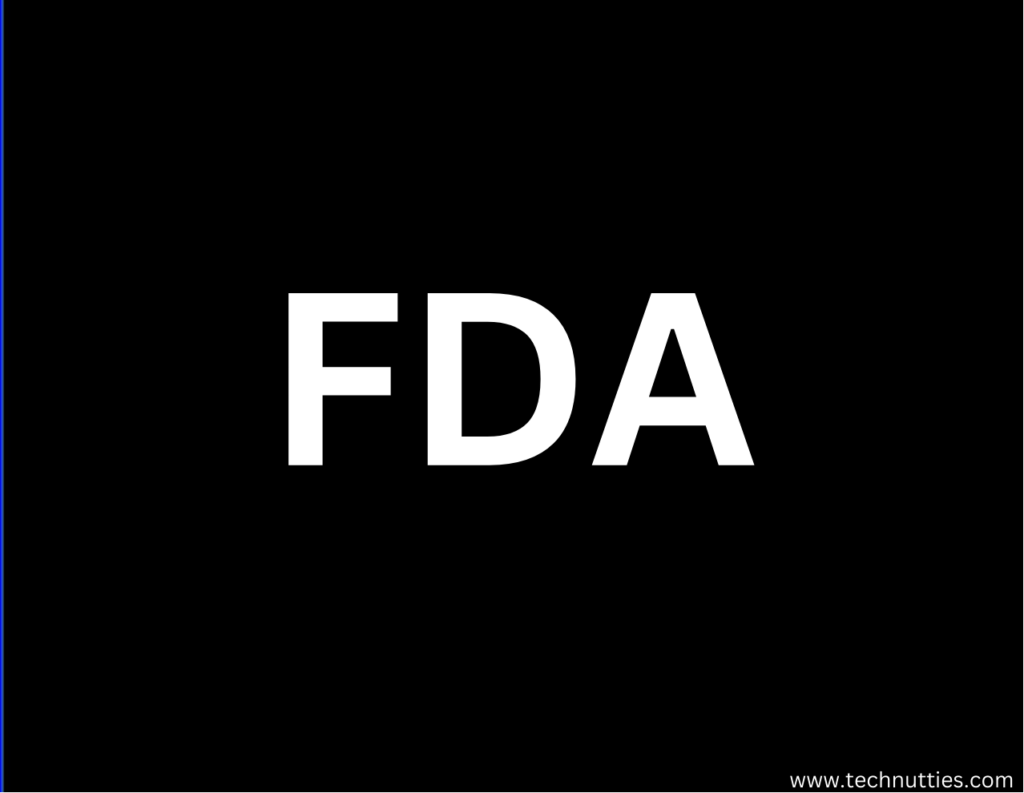Definition:-
FDA is an agency of the Department of Health and Human Services and is responsible for regulating and supervising the safety of food and dietary supplements, drugs, vaccines, biological medical products, blood products, radiation-emitting devices, veterinary products, and cosmetics.
FDA enforces Section 361 of the Public Health Services Act and the associated regulations including sanitation requirements on interstate travel as well as specific rules for control of diseases.
The agency is divided into the following major sub-divisions. Each focused on major areas of regulatory responsibilities.

Subdivision of FDA
- Office of Commissioner (OC)
- The center for drug evaluation and research (CDER)
- Centre for biological evaluation and research (CBER)
- Centre for food safety and applied nutrition (CFSAN)
- Centre for devices and radiological health (CDRH)
- Centre for Veterinary Medicines (CVM)
- The National Center for Topological Research (NCTR)
- Office for Regulatory affair (ORA)
Function of FDA
- The FDA frequently works in connection with federal agencies like
a. Department of Agriculture
b. Drug Enforcement Administration
c. Customer Border Protection
d. Consumer Product Safety Procedure
2. Often the local and state government agencies also work in cooperation with FDA to provide regulatory inspection and enforcement action.
3. The enforced of federal FDA which is a part of the Department of Health and Human Science.
4. The local offices have primary responsibilities for the day-to-day monitoring of manufacturers or products falling within the jurisdiction.
5. New drug application food additive petitions, product of plant registration, and the like are handled centrally.
Working of Inspection
- Inspectors generally work out of various district offices and, together with their own local laboratories, and facilities and under the direction of a director, are prime contact persons with manufacturers to ensure that products meet regulatory standards.
- Inspection may be made without warning during reasonable business hours and may encompass the building in which drugs are manufactured or the raw material and bulk drug including the vehicle the drugs are held or transported.
Regulatory Program
Programvary widely by of FDA
Experimental risk and the regulatory power granted to agency. For example- FDA regulates almost every facette of prescription drug including testing, manufacturing, labelling, advertising efficiency, marketing and safety
FDA regulation of cosmetics it is focused primarily on labelling and safety.
The FDA regulates most products with a set of published standard and forced modest number of facility inspection.
Types of Drugs
Centre for drug evaluation and research has different regni for 3 main types of drug product
- New Drug-: A drug is considered to be a new when it is made by different excipients or an inactive ingredient in used for different purpose or undergo any substantial changes.
- Generic Drug-: These are prescription drug whose patent production has expired and therefore may be manufactured and marketed by other companies. For approval of genric drug FDA requires scientific evidence that the generic drug is interchangeable.
- OTC Drug-: These are drugs in combination that donor require a doctors prescription. FDA has listed approximately 800 approved ingredient that are combine in various ways to create more than lakhs OTC drug product
